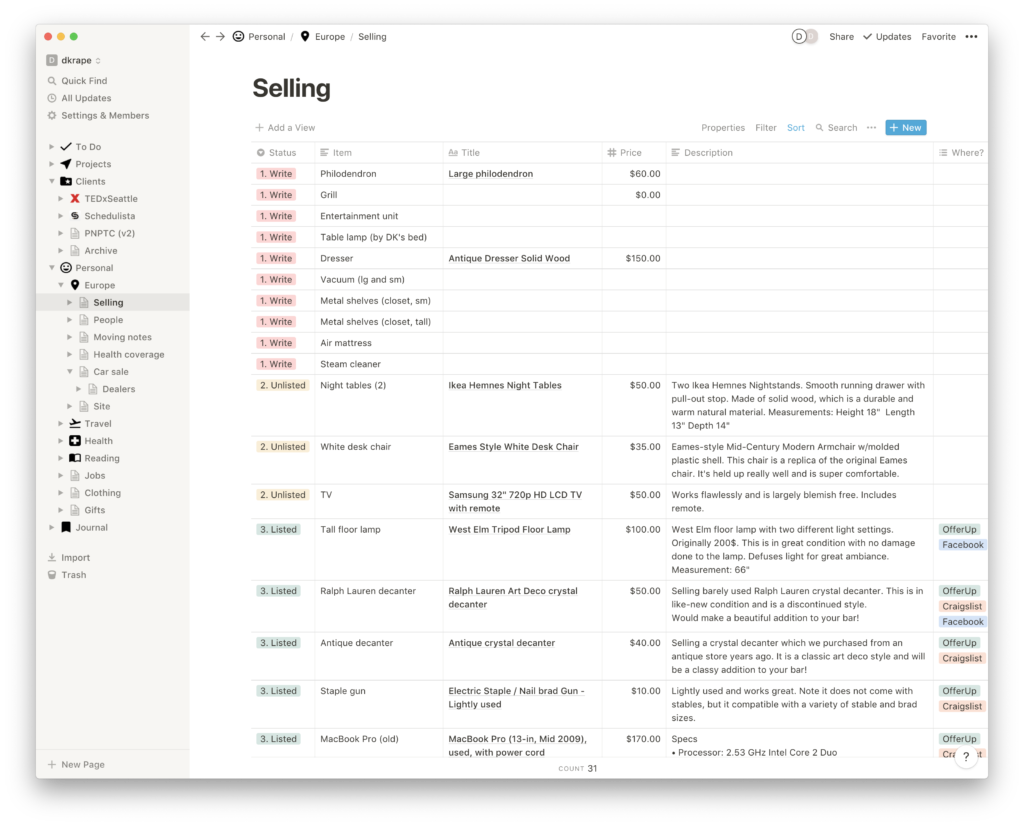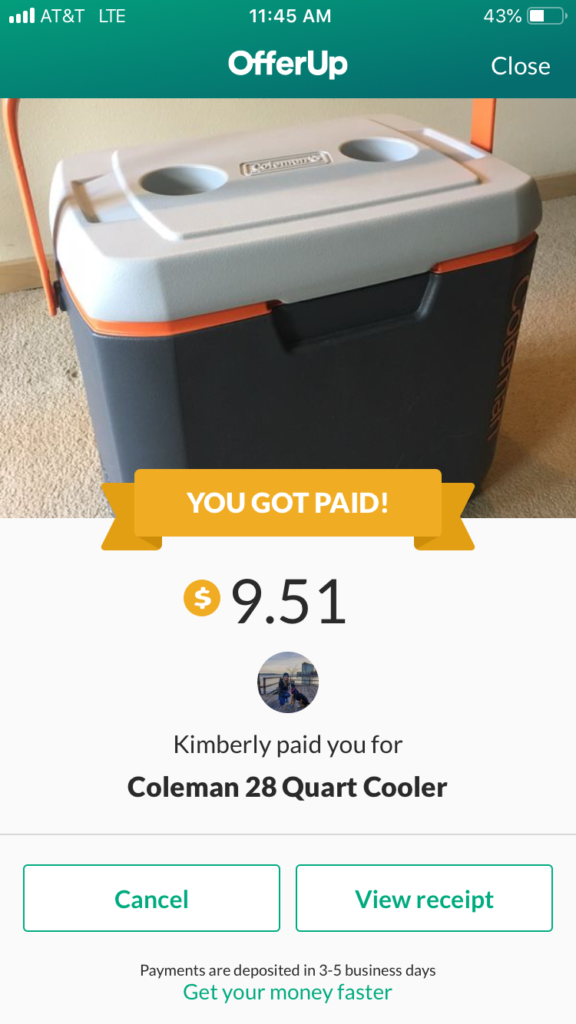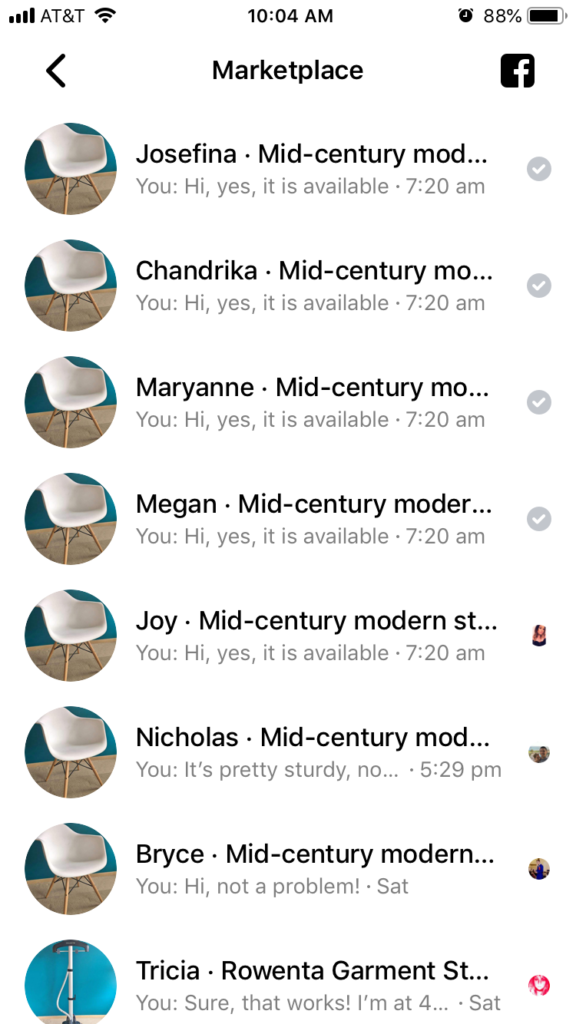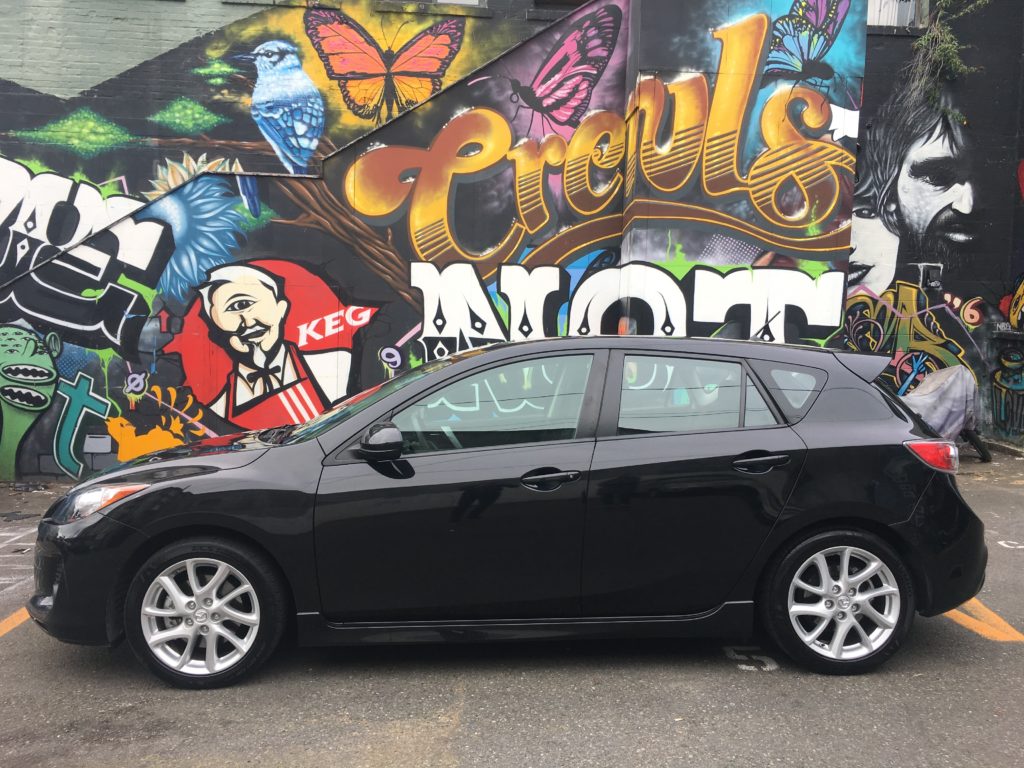While we probably could have brought the entire contents of our Seattle apartment, we expected our Berlin apartment would be smaller and rather lacking in closet space (we were right), so a great house-cleaning was in order. Over the course of hectic two months, we gave away or sold about half of our possessions, most of our furniture, and our much-loved Mazda 3.
What to bring, what to sell
The audit
We first started with an audit of our apartment. We went room by room and logged nearly everything we owned in a Google spreadsheet. For each room we created a new worksheet sheet, and added a line for each item or group of items (say DVDs or clothes). Then we gave each item a plan: taking with us, selling, donating, or giving to family/friends. Lastly, we noted a priority for each one. High priority were things that we didn’t use regularly and would probably be slow to sell or give away (such as my old grill). These were tackled first.
Getting things listed
With our list of items to sell, the next step was to get the listings written. I started another spreadsheet, this time in Notion (one of my favorite new tools). My wife and I divided up the task of writing titles, descriptions, and taking photos. Then we’d list the item, and note its status (listed, pending, or sold). It was handy to divide up the list between us so we wouldn’t have to coordinate all the offers, or inadvertently sell the same thing to two people.

Making the sale
This involved a lot of messaging back and forth with potential buyers, which got pretty tiring. One handy trick, if someone stops by to pick something up, also mention other things you are selling (and potentially offer a discount, since this will save you effort). A very nice gentleman picking up our grill also left with my wife’s used computer. In the end, we probably made a few thousand dollars, which was nice to help fund our move expenses.
OfferUp vs Facebook Marketplace vs Craigslist
We listed everything on all three marketplaces, but had pretty different experiences with each.
OfferUp worked well for visibility, logistics, and payment, especially the integrated payment system (though OfferUp take’s a percent). On the negative side, you often get absurd low-ball offers or crazy requests to meet an hour’s drive away for a $10 item. I just ignored these.

Our first sale on OfferUp 
So many flaky people on Marketplace
Facebook Marketplace also provided good visibility and led to sales. One annoying thing: potential buyers can click a button to ask “Is this still available?”. Since this is so easy to do, you could get dozens of of people asking this, most of whom never reply again. This can get pretty farcical, and very annoying when you respond to inquiries only to have no reply.
As for Craigslist? My small sample suggests it is on its way out. We received far more offers and closed more sales via OfferUp and Facebook Marketplace.
Selling our car
We loved our Mazda 3, and it was probably the hardest thing to part with. Thankfully, selling it wasn’t too stressful. Initially, we debated doing a private sale or selling it to a dealer. However, after reading up private sales and experiencing how annoying it was to sell, say, a $50 end-table, we elected to go the dealer route. We knew dealer offers would be quite a bit below a private sale, but the reduced stress and effort made it worth the difference.

Step 1 – Assess the value
The first step is to get the Kelly’s Blue Book (KBB) report, so you’ll have a baseline price of what to expect. When filling in the wear and tear section, be pretty honest with the severity of scratches or damage so you get an accurate price. KBB will assign a quality level, such as Poor, Good, or Excellent. Read the criteria for their assignment carefully. You’ll also get a few price estimates, including what you’d get in a private sale and what a dealer will likely offer (which will be hundreds to thousands less).
Step 2 – Get Quotes
Then, go talk to dealers. I called about a dozen dealers and scheduled times to look at the car. Over the course of one weekend, we drove to half the car dealers in the Seattle area. Since our car was in good shape, I focused primarily on new car dealers rather than the potentially dodgy used car outfits, mostly to reduce the hassle. The results were interesting. A couple dealers were rude and gave us insultingly low offers. Thankfully, most were very nice, and would just give us an offer on the low end of the KBB estimate.
Step 3 – Negotiate
Remember when I said to focus on the KBB rating? Here’s where this is important. Your offer will be largely based on the quality level of your car. A “Fair” will get you several thousand less than a “Good”. Obviously, the dealer will rate the quality lower to pay you less. Fortunately, KBB provides a nice description of what each level means. Most dealers rated our car as “Fair”, which includes body scratches (yup, thanks Seattle) and light rust on the frame (absolutely not). When negotiating, I’d refer to the KBB description to argue that our car was definitely better than “Fair” and in most cases the dealer would pull a new quote based on the higher “Good” rating.
In the end, nearly every dealer converged around the same price, which was just above the mid-point of the KBB estimate. While we really liked several dealers (especially Everett Mazda and Kirkland Volkswagen), we chose to go with University Mazda, where we’ve been servicing our car for nearly 7 years. Terry didn’t try to low-ball us by saying our car was “Fair” and was thorough in walking us through his valuation.
Step 4 – Close the sale
This was the easiest step. We took the car in, Terry looked over it briefly, had us sign a half dozen pieces of paperwork, and cut us a check. In total, everything took about 20 minutes. We said goodbye to our faithful Mazda, called a Lyft, and were off to the bank to cash the check.
Want to follow along with our Berlin adventure? Subscribe!